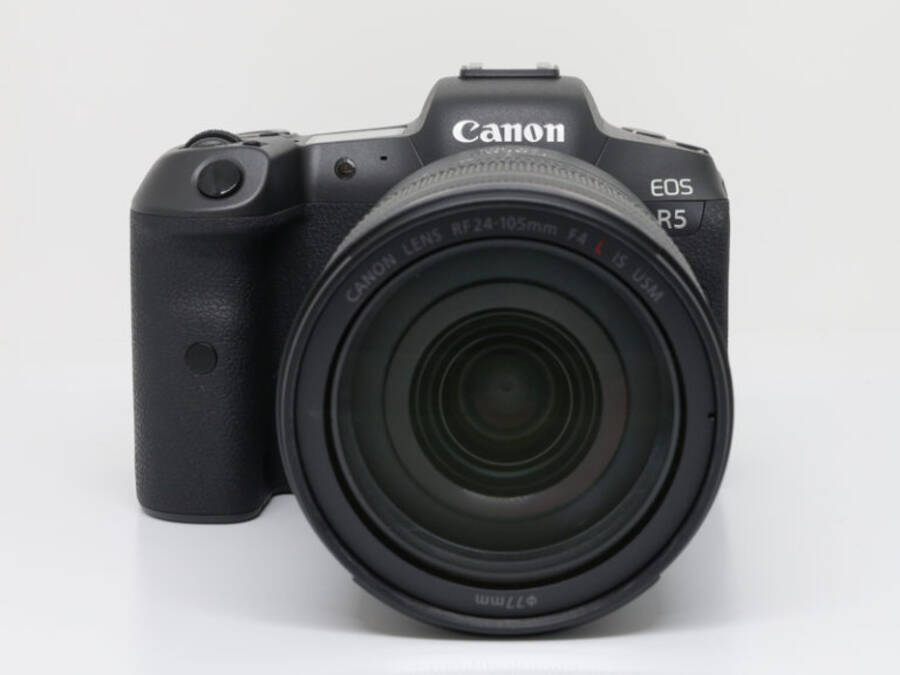If your friend can hold, the r5 version ii is reported to be right around the corner, expected announcement February, 2024. The rumored specs are in the article below.

 www.dailycameranews.com
www.dailycameranews.com

Canon EOS R5 Mark II Rumored to be Announced in February 2024 - Daily Camera News
According to recent rumors, preparations are underway for the start of production of Canon EOS R5 Mark II. As a…Continue reading

